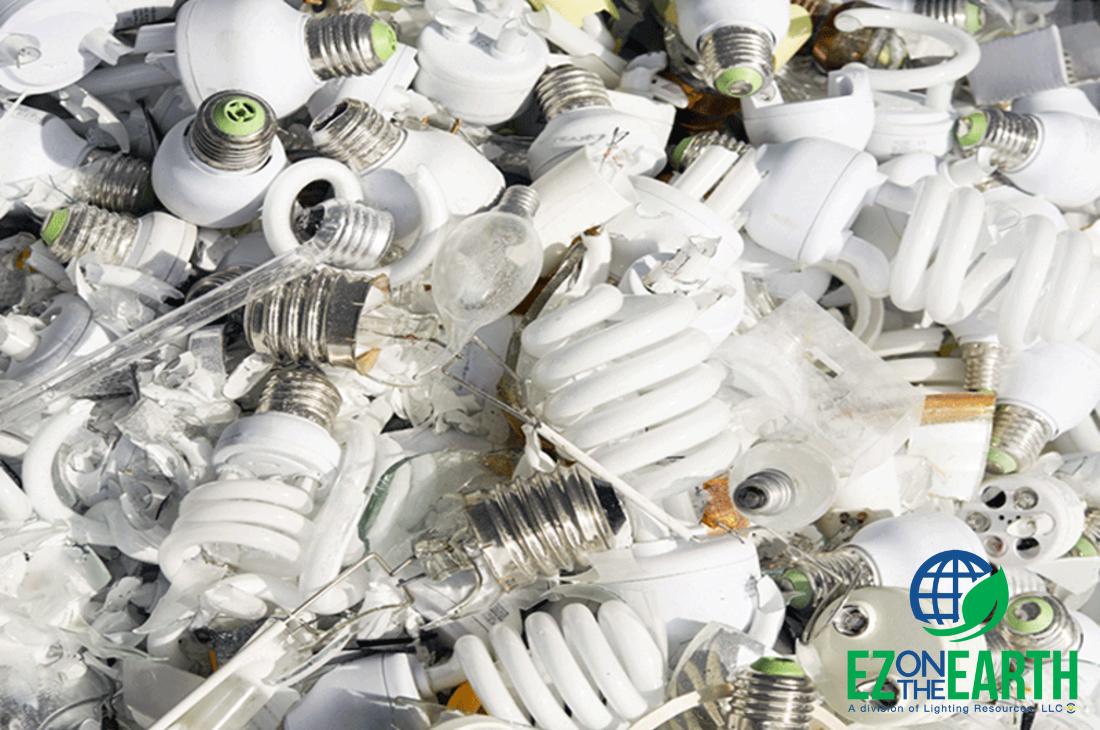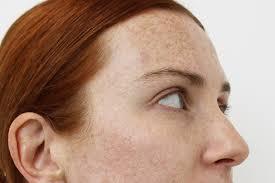Iscriviti
Registrati IscrivitiEvents
Blogs
Marketplace
Gruppi
Pagine
Mostra tutto
CNC Machine Different Parts: A Comprehensive Overview

CNC (Computer Numerical Control) machines are integral to modern manufacturing processes, offering precise control over machining operations like drilling, milling, and turning. These machines play a pivotal role in industries such as automotive, aerospace, electronics, and medical device manufacturing. A CNC Machine Different Parts that work together to enable complex and highly accurate manufacturing. Understanding the different components of a CNC machine is crucial for those involved in design, operation, and maintenance.
In this article, we will explore the key parts of a CNC machine, explaining their functions and how they contribute to the machine’s overall performance.
1. Frame
The frame is the backbone of any CNC machine. It provides structural support to all other parts and components, ensuring that the machine remains stable during operation. The frame is typically made of rigid materials such as cast iron or steel, which help absorb vibrations and prevent distortion, maintaining high levels of precision during machining.
The frame houses other critical components, including the worktable, spindle, and motion systems, and it is designed to withstand the forces generated during cutting, milling, and turning operations. Its design and material choice play a significant role in the machine’s overall stability and performance.
Key Functions of the Frame:
- Provides structural integrity and rigidity
- Reduces vibrations and ensures machining accuracy
- Supports all other machine components
2. Bed or Base
The bed, sometimes referred to as the base of the CNC machine, is located beneath the frame. It serves as the foundation where all other parts are mounted and provides support for the workpiece during machining. The bed typically has a smooth surface to allow easy movement of the worktable, which holds the part being machined.
The bed is designed to absorb forces from machining operations and keep the workpiece stationary while the machine tool performs its functions. In many cases, the bed is equipped with a cooling system to dissipate the heat generated during operations.
Key Functions of the Bed:
- Supports the frame, worktable, and other machine parts
- Provides a stable surface for machining operations
- Often houses the cooling system
3. Worktable or Workpiece Holders
The worktable or workpiece holder is the surface on which the material to be machined is secured. It can move along the X, Y, and Z axes to position the part in the correct location relative to the machine tool. In some CNC machines, the worktable is also equipped with T-slots or clamps to secure the workpiece firmly in place.
In advanced CNC machines, the worktable may have a rotary function, allowing it to move the workpiece in additional rotational axes (such as A, B, or C axes). This is particularly useful for 5-axis machining, where the workpiece needs to be rotated to access different faces for complex operations.
Key Functions of the Worktable:
- Holds and secures the workpiece
- Provides movement along multiple axes for precise positioning
- Offers a stable platform for machining
4. Spindle
The spindle is one of the most important components of a CNC machine. It is responsible for holding and rotating the cutting tool, enabling it to interact with the workpiece. The spindle is typically powered by an electric motor and can rotate at high speeds, depending on the type of operation being performed.
In CNC milling and drilling machines, the spindle houses the tool holder, which secures the cutting tool. The rotational speed and power of the spindle are key factors that determine the efficiency and capability of the machine. Spindles in CNC machines can be vertical or horizontal, depending on the machine configuration and the type of machining required.
Key Functions of the Spindle:
- Holds and rotates the cutting tool
- Provides power for machining operations
- Determines the speed and precision of the cutting process
5. Linear Motion System (Axes)
A CNC machine typically operates along multiple axes, commonly referred to as the X, Y, and Z axes. These axes represent linear movements in three dimensions: the X-axis typically moves the worktable or tool horizontally, the Y-axis moves it forward and backward, and the Z-axis controls vertical movements.
Some advanced CNC machines have additional rotational axes (A, B, and C axes) that allow the tool or workpiece to rotate. This is crucial for 5-axis machining, where multiple angles need to be accessed to perform complex operations.
The linear motion system includes components like linear rails, ball screws, and motors that drive the movement of the axes. Precision is key in this system, as even minor deviations in motion can result in inaccurate machining.
Key Functions of the Linear Motion System:
- Controls movement along the X, Y, and Z axes
- Provides precision positioning of the tool and workpiece
- Facilitates rotational movement in advanced machining setups
6. Motors and Drives
Motors and drives are essential for controlling the movement of the CNC machine. The motors (usually servo or stepper motors) provide the necessary power to move the axes and spindle, while the drives control the speed and direction of the motors.
Servo motors are typically used for precise and smooth control, as they can adjust speed and position dynamically. Stepper motors, on the other hand, are often used for smaller machines or applications where precision at lower speeds is necessary.
The motor system works in tandem with the machine’s control system to ensure that the movements are executed with high accuracy and repeatability.
Key Functions of Motors and Drives:
- Power the movement of the machine’s axes and spindle
- Control the speed and precision of the CNC machine
- Enable efficient and repeatable operations
7. Control Panel
The control panel of a CNC machine is where the operator interacts with the machine. It typically consists of a computer interface that allows the user to input commands, monitor machine status, and adjust parameters. In modern CNC machines, the control panel includes a touchscreen or a computer terminal running specialized CNC software, such as G-code interpreters or CAM (Computer-Aided Manufacturing) programs.
The control system interprets the program instructions (often written in G-code) and converts them into movements and actions that the machine can execute. The control panel allows the operator to make adjustments to cutting speeds, feeds, tool changes, and other variables in real-time.
Key Functions of the Control Panel:
- Provides the user interface for the operator
- Sends commands to control motors and other components
- Allows real-time adjustments to machine parameters
8. Tool Changer
Many CNC machines, especially CNC milling machines, are equipped with a tool changer. This is an automated system that allows the machine to automatically change cutting tools without human intervention. The tool changer typically consists of a carousel or turret that stores multiple tools.
When a particular tool is required for a specific operation, the tool changer selects the correct tool, positions it in the spindle, and starts the machining process. This automation significantly improves efficiency and reduces downtime during multi-tool operations.
Key Functions of the Tool Changer:
- Automates tool changes during machining
- Reduces downtime and improves efficiency
- Stores multiple tools for different machining operations
9. Cooling System
Machining processes, especially when working with hard metals, generate significant amounts of heat. The cooling system, which may consist of a coolant reservoir, pumps, and hoses, helps regulate the temperature during operation. Coolants, such as water-based or oil-based fluids, are directed to the cutting area to dissipate heat and lubricate the cutting process.
Cooling systems not only prevent overheating but also help reduce tool wear, improve surface finishes, and enhance overall machining performance. In some CNC machines, the coolant system is integrated with the spindle, allowing precise delivery of coolant to the cutting tool.
Key Functions of the Cooling System:
- Regulates the temperature of the workpiece and cutting tools
- Reduces tool wear and improves machining efficiency
- Helps maintain surface quality and accuracy
Conclusion
CNC machines are intricate systems composed of numerous parts that work together to perform precision manufacturing operations. Understanding the various components, from the frame and bed to the control panel and cooling systems, is essential for optimizing the machine’s performance, ensuring high-quality results, and maintaining its longevity. By properly maintaining and utilizing these parts, CNC machines can deliver unparalleled accuracy and efficiency in modern manufacturing. Whether you are designing, operating, or servicing a CNC machine, a solid understanding of its different parts is critical to ensuring successful machining operations.




